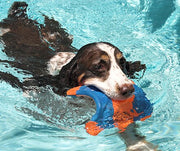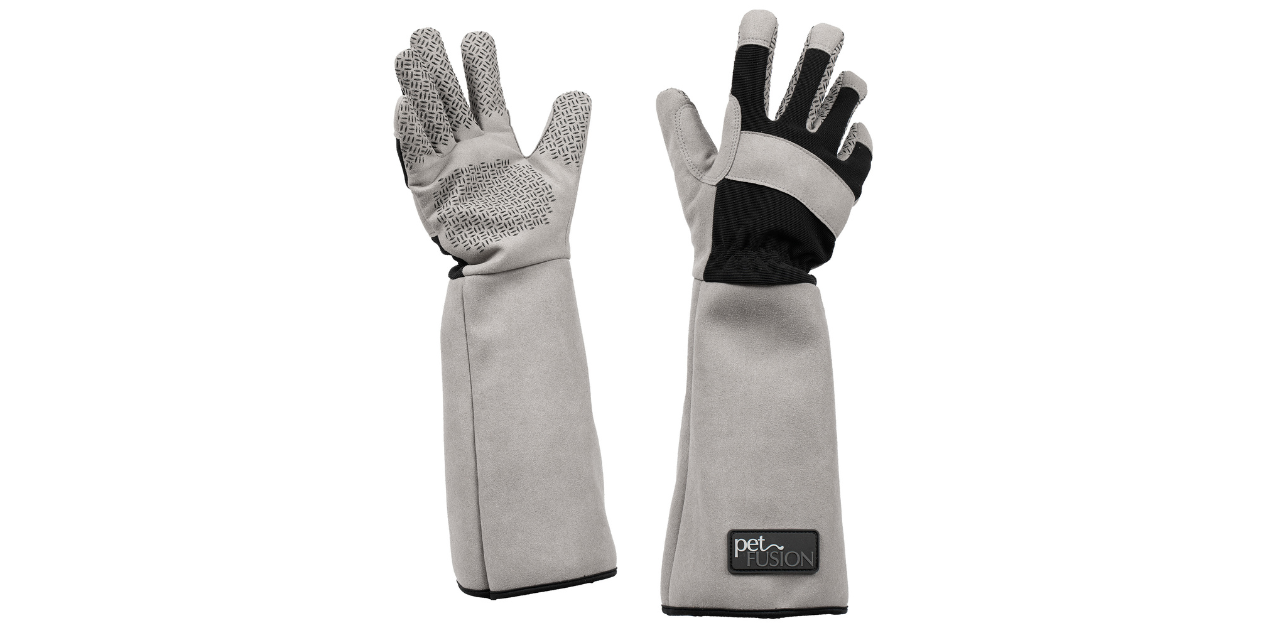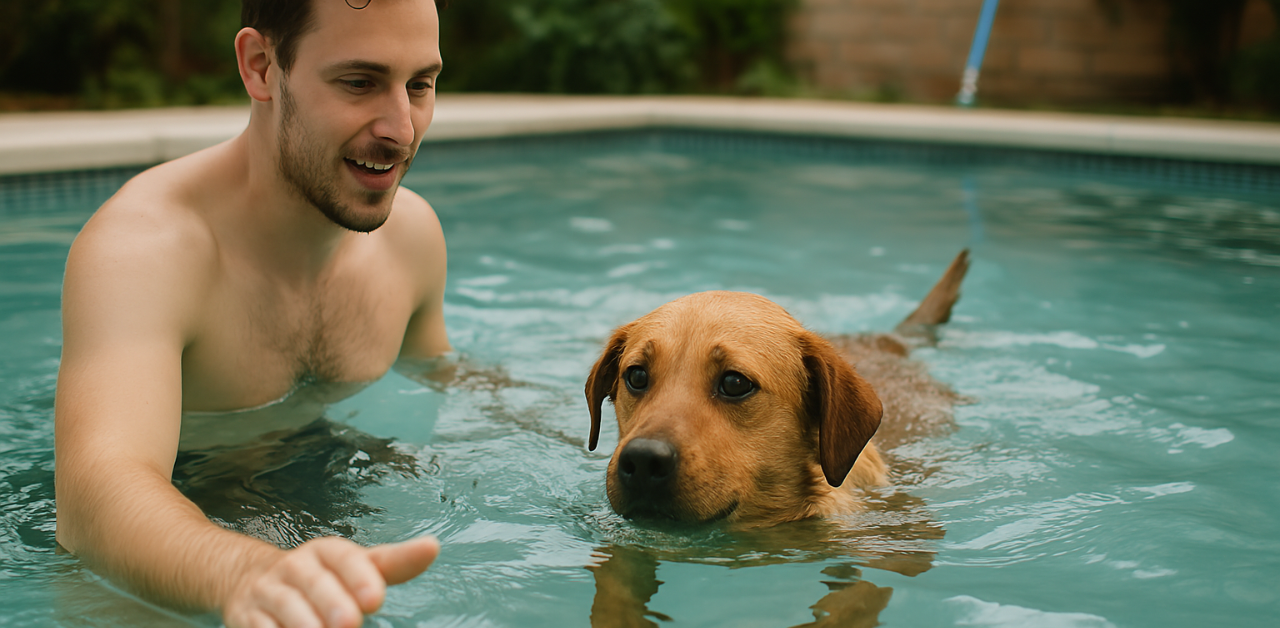Supervised Containment - Best Practices for Tie Outs

If you’re like most pet parents, you probably hate to leave your pet behind when you travel or go on short road trips. Our pets are like our children, and we care for them in many unique ways. Well, with Petmate® containment products, including our comfortable and durable tie-outs and our best-seller – the Aspen Pet® Dome Stake – we help make those picnics and camping trips more fun as you can rest assured that your pet will be safely and securely contained!
Understanding the Proper Use
Unfortunately, containment products have not been used properly by many pet parents and/or anyone caring for the animal, and have received negative media attention. So much so, that these containment products have been banned in several states, including California.
Containment products were never designed to become your dog’s permanent “pet sitter,” yet so many people tend to think that they can leave their dogs unsupervised for hours and hours on end… day in and day out. At Petmate we’ve even heard of cases where the dog was positioned too far away from his source of water and could not drink. This is truly unacceptable and as pet parents, it’s our responsibility to understand the proper use of containment products.

Here’s a brief list of best practices to ensure that your dog is comfortable and happy while contained:
- Again, we can’t stress enough how important it is to understand that containment products should not replace your pet sitter or boarding facility! Our tie-outs are designed for supervised use when you want to take your dog on a camping trip, picnic, or other outdoor activity.
- While our tie-outs provide 360-degree motion in the turntable, allowing your dog to have plenty of space and freedom to move about, your dog should not be left unattended for long periods of time.
- Ensure that there are no obstacles in the way of the tie-out. There should be nothing left around that could cause your dog to get tied up while unsupervised.
- Be sure to keep your tie-outs inside when not in use. Our tie-outs are weatherproof meaning they’re rust-resistant, but it’s safer to put them away and out of any animal’s reach.
- Lastly, check with your county to ensure that there are no regulations prohibiting any containment products.
Think Temporary Containment
Remember – containment products are meant to be for temporary containment, for camping, picnics, and other outdoor activities. Containment products are not meant to be used daily.
Supervised playtime is the name of the game! Please be a responsible pet parent and monitor your pet. Be sure to remove any obstacles that could cause your pet to get tangled or hurt. Attach your tie out to a non-breakaway collar or harness. Pet harnesses are a good way of securing your dog without putting too much strain on their necks as the forces are distributed across different points of the harness when your dog pulls. Be sure to have plenty of water nearby for your beloved pet to drink.
Happy Pets Equal Happy Homes!
Previous article

Next article

Related posts
View all-

How to Reduce Shedding in Dogs
Dog shedding is a natural process, but it can be frustrating—especially when dog hair ends up on every piece of furniture you own. While you can't stop shedding completely, you can reduce it.
Read Article -

Do Dogs Get Lonely if There Is Only One Dog
Most dogs can feel lonely if there is only one dog in the house. They are pack animals descended from wolves. This means they have instincts that push them to connect with friends or family. When they live as the only dog, they may experience loneliness if they do not receive enough attention.
Read Article -

Teaching a Dog To Swim in Your Pool
Swimming is great fun for dogs, and your swimming pool can be a fantastic place to cool off and play. But not all dogs are natural swimmers. Teaching your dog to swim safely involves patience, gentle encouragement, and a positive experience. Here's how to help your dog learn to enjoy swimming at their own pace, keeping their safety and comfort in mind.
Read Article



